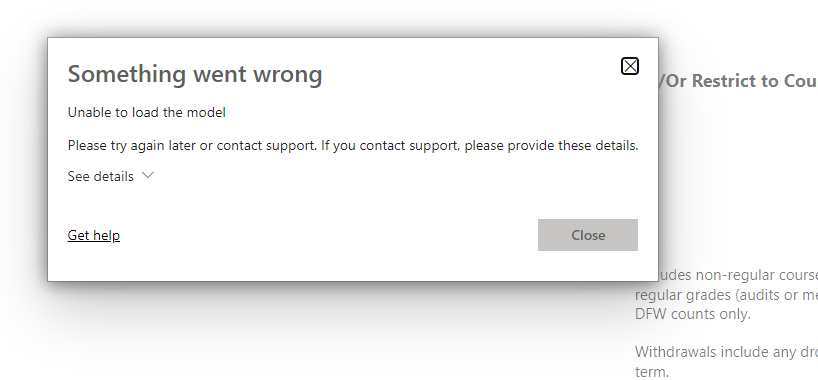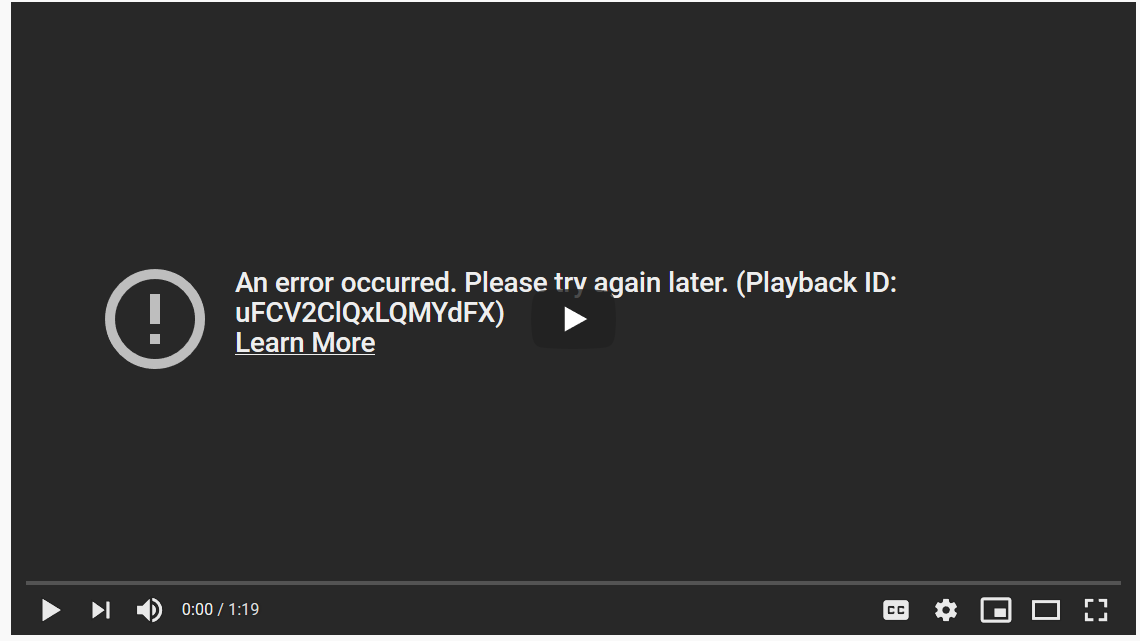Best practices for RMM software implementation and management are crucial for maximizing efficiency and security. Successfully deploying and managing RMM software isn’t just about installing the program; it’s about strategically choosing the right platform, meticulously configuring settings, and proactively monitoring performance. This guide dives deep into each step, from initial selection to ongoing maintenance, ensuring your business gets the most out of its RMM investment.
We’ll cover everything from choosing the perfect software for your needs to integrating it seamlessly with your existing IT infrastructure.
This detailed exploration covers key aspects like agent deployment across various operating systems, establishing robust monitoring and alerting systems, implementing secure patch management, and leveraging reporting and analytics for insightful data-driven decision-making. We’ll also address common challenges and provide practical solutions to help you navigate the complexities of RMM implementation, making the entire process smoother and more effective.
Get ready to optimize your IT infrastructure and bolster your cybersecurity posture.
Choosing the Right RMM Software: Best Practices For Rmm Software Implementation And Management

Selecting the perfect Remote Monitoring and Management (RMM) software is crucial for streamlining IT operations and boosting efficiency. The right solution can significantly reduce manual tasks, enhance security, and improve overall client satisfaction. However, with a plethora of options available, making the right choice can feel overwhelming. This section will guide you through the process of selecting an RMM solution tailored to your specific business needs.
Comparison of Leading RMM Platforms
Choosing the right RMM platform often depends on your business size and specific requirements. Let’s compare three leading platforms: Datto RMM, ConnectWise Automate, and Kaseya VSA. While all offer robust features, their strengths and weaknesses vary.
| Feature | Datto RMM | ConnectWise Automate | Kaseya VSA |
|---|---|---|---|
| Pricing | Tiered pricing based on the number of endpoints; generally considered higher-priced. | Tiered pricing based on the number of endpoints; offers a competitive price point. | Tiered pricing based on the number of endpoints; pricing can vary widely depending on add-ons. |
| Scalability | Highly scalable, suitable for large enterprises and MSPs. | Highly scalable, catering to businesses of all sizes. | Highly scalable, designed to handle large numbers of endpoints and complex environments. |
| Key Features | Strong patching capabilities, robust remote control, comprehensive reporting, excellent security features. | Excellent automation capabilities, strong integration with other ConnectWise tools, user-friendly interface. | Wide range of features, including extensive automation, advanced scripting, and robust monitoring capabilities; can be complex to learn. |
Criteria for Selecting RMM Software Based on Business Needs
Choosing the ideal RMM software involves carefully considering several factors. Ignoring these aspects can lead to a mismatch between your needs and the software’s capabilities, resulting in inefficiency and potentially increased costs.
Here’s a list of critical criteria to guide your selection:
- Number of devices: The software should comfortably manage your current number of devices and allow for future growth without performance degradation.
- Required security features: Prioritize features like endpoint detection and response (EDR), vulnerability scanning, and automated patching to protect your network.
- Budget: Consider both the initial cost and ongoing subscription fees. Factor in potential training costs and the value the software will bring to your business.
- Integration with existing systems: Ensure the RMM integrates seamlessly with your existing IT infrastructure and other software solutions.
- Ease of use and user interface: Choose a platform with an intuitive interface that simplifies management and reduces training time.
- Reporting and analytics: Select software that provides comprehensive reporting and analytics to track performance, identify trends, and make informed decisions.
- Technical support: Evaluate the level of technical support offered by the vendor. Reliable support is crucial for resolving issues quickly.
Decision-Making Flowchart for RMM Software Selection, Best practices for rmm software implementation and management
A structured approach is essential to avoid being overwhelmed by the many options. A flowchart can be a helpful visual tool.
Imagine a flowchart starting with a “Start” node. The first decision point would be: “Do you have a clear understanding of your business needs (number of devices, budget, security requirements)?”. A “Yes” branch leads to the next step: “Compare at least three RMM platforms based on your needs”. A “No” branch loops back to a “Define Business Needs” box.
Following the “Compare platforms” branch, the next decision point would be: “Does any platform fully meet your requirements?”. A “Yes” leads to “Select the platform and implement”. A “No” branch leads back to “Re-evaluate business needs and platform options”. Finally, an “End” node signifies the completion of the selection process.
Integration with Other Tools

Seamlessly integrating your RMM software with other IT management tools is crucial for optimizing your workflow and boosting overall efficiency. Think of it as building a well-oiled machine where each part works in harmony, rather than a collection of disparate tools struggling to communicate. This interconnectedness allows for streamlined processes, reduced manual effort, and a significant improvement in your team’s productivity.Integrating your RMM with other platforms allows for automated processes, reducing the likelihood of human error and freeing up valuable time for more strategic tasks.
This synergistic approach creates a centralized view of your IT infrastructure, enabling proactive management and faster response times to potential issues. Instead of juggling multiple applications and manually transferring data, information flows smoothly between systems, creating a more efficient and streamlined operation.
Benefits of Integration with PSA and Ticketing Systems
Integrating your RMM with a Professional Services Automation (PSA) system and a ticketing system provides a powerful combination for managing IT operations. This integration allows for automatic ticket creation based on RMM alerts, such as a low disk space warning triggering a support ticket. It also enables technicians to access relevant client information and service history directly within the RMM interface, eliminating the need to switch between multiple applications.
The PSA integration further enhances this by streamlining billing and reporting, creating a comprehensive view of service delivery and client profitability. Imagine the time saved by automating the entire process from initial alert to resolution and invoicing! This efficiency boost directly impacts profitability and client satisfaction.
Examples of Successful Integrations and Their Advantages
Let’s consider a scenario where a managed service provider (MSP) uses ConnectWise Manage (PSA) and Autotask PSA integrated with Datto RMM. The RMM detects a critical system failure on a client’s server. This automatically generates a ticket in ConnectWise Manage, assigning it to the appropriate technician. The technician, within the RMM interface, can then remotely access the server, diagnose the problem, and resolve it.
Once resolved, the ticket is automatically closed in ConnectWise Manage, and the time spent is recorded for accurate billing. This automation minimizes manual intervention, accelerates resolution times, and enhances accuracy in billing.Another example involves integrating a ticketing system like Zendesk or Freshdesk with an RMM like Kaseya VSA. When a client reports an issue through the ticketing system, the technician can directly access the client’s system through the RMM, reducing troubleshooting time and improving the overall customer experience.
The seamless flow of information between the two systems allows for faster resolution and improved communication.
Integration Possibilities and Their Impact on Efficiency
| Integrated Tools | Potential Impact on Efficiency |
|---|---|
| RMM + PSA (e.g., Datto RMM + ConnectWise Manage) | Automated ticket creation, streamlined billing, improved reporting, reduced manual data entry. |
| RMM + Ticketing System (e.g., Kaseya VSA + Zendesk) | Faster issue resolution, improved communication with clients, centralized view of support requests. |
| RMM + Monitoring Tools (e.g., SolarWinds RMM + PRTG Network Monitor) | Comprehensive network monitoring, proactive issue detection, reduced downtime. |
| RMM + Security Information and Event Management (SIEM) (e.g., NinjaRMM + Splunk) | Enhanced security posture, improved threat detection and response, reduced security risks. |
Best practices for RMM software implementation involve careful planning and robust security measures. This extends beyond the software itself; effective management necessitates safeguarding sensitive data, especially when integrated systems are involved. For instance, understanding the complexities of securing sensitive employee data within an HRIS system and complying with regulations is crucial. Ultimately, a well-implemented RMM strategy contributes significantly to overall data protection and regulatory compliance.
Streamlining your IT infrastructure with best practices for RMM software implementation and management is crucial for efficiency. This careful planning extends beyond tech; consider your HR needs too. Finding the right HR system is key, and for SMBs on a budget, checking out resources like this guide on the best HRIS system for small and medium-sized businesses with limited budget can be invaluable.
Ultimately, optimized HR processes, just like effective RMM, contribute to a smoother, more productive workflow.